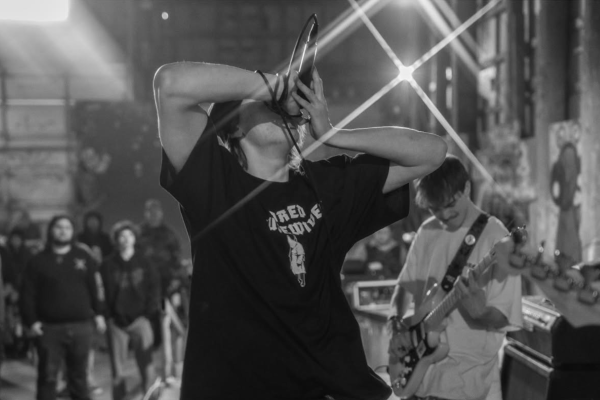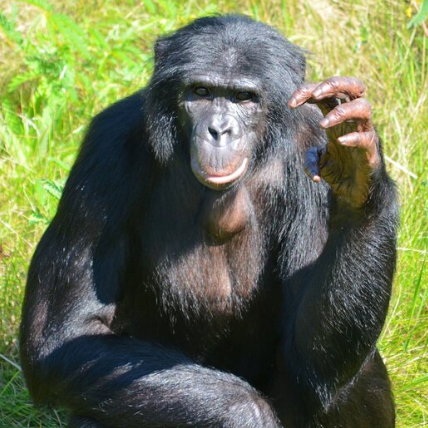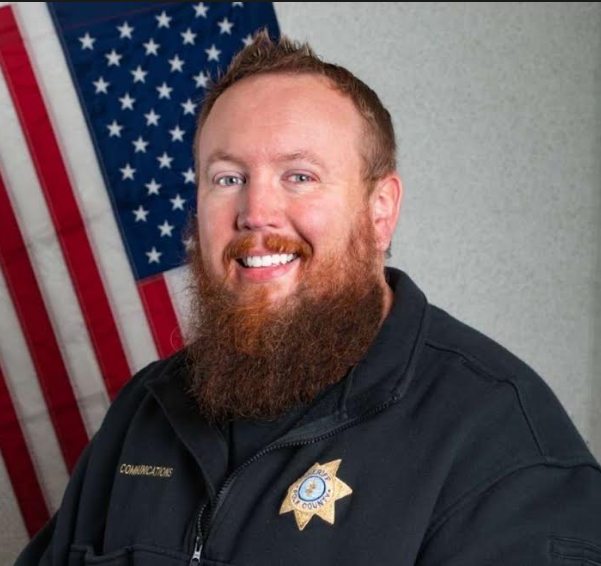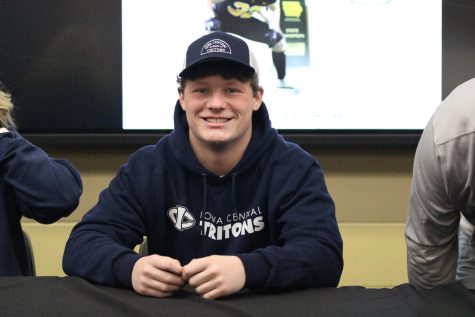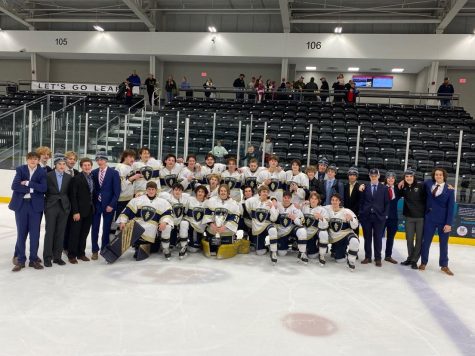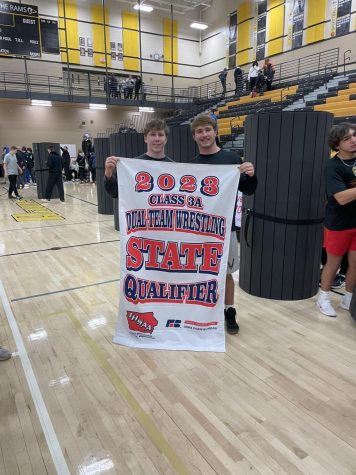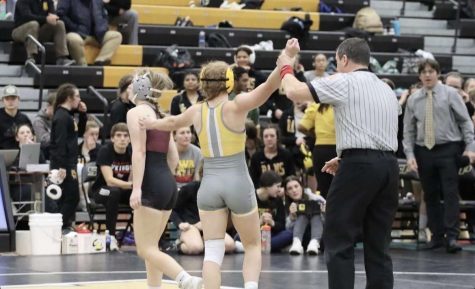From Injury to Recovery
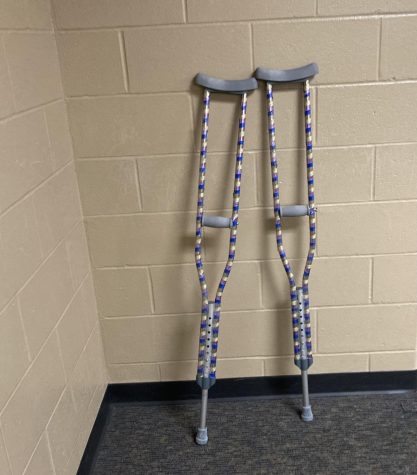
Athletes at Southeast Polk have always prided themselves on striving to be tougher and more intense than their opponents. That means always giving 110%, which for some of the more physically demanding sports, can leave a bigger margin for injury.
You’ve more than likely seen injured athletes in class or in the hallways before; things like crutches, casts, and braces can make them relatively easy to spot. One previously injured athlete is junior Caleb Chebuhar, a linebacker who got injured during a football game back in late September.
“I was jumping to block a punt against Waterloo; I landed wrong and it broke my ankle,” said Chebuhar. “I ended up needing five screws and a plate put in.”
For him, recovery was a lot of spare exercise wherever he could fit it in. That came in the form of anything from taking off his ankle brace and stretching his ankle out to utilizing an exercise bike during football practice.
Chebuhar’s broken ankle didn’t have much of an effect on his academic career, but not every student is so lucky. Senior wrestler Randi Nicholson broke both of the bones in her forearm wrestling one of her coaches. Though the injury didn’t require surgery, it did cause her to miss a lot of school.
“Because of doctor’s appointments, I’ve missed at least one day each week,” said Nicholson.
Breaking her arm also made it harder to take notes, so retaining information from class became more difficult as well.
Nicholson’s road to recovery looked somewhat similar to Chebuhar’s; she still went to practice, and on the side she was getting as much extra exercise in as she could until she was clear to wrestle again.
“Since I can’t wrestle, I’ve been doing a lot of running, trying to stay in shape,” said Nicholson. “[I’ve been] doing my best not to wrestle, because I want to really bad.”

